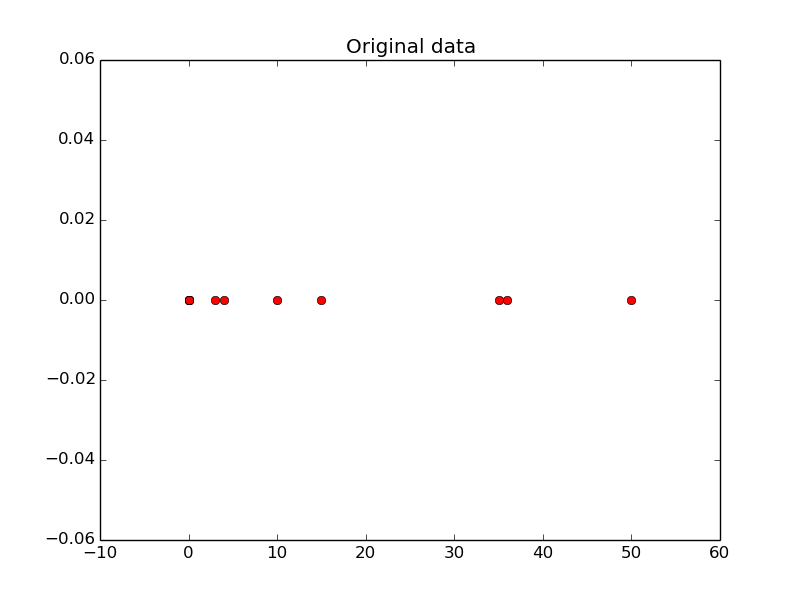Edit: Although after bounty period, but here is an example hacky code that does that.
This is a neural network trained to create outputs that are equally distant from each other.
import numpy as np
from sklearn import neural_network
def get_new_targets(x):
"""
Function to get points that are in the middle of the neighbouring points"""
try:
x = [e[1] for e in x]
except:
pass
enumerated_x = [e for e in enumerate(x)]
enumerated_x.sort(key=lambda x: x[1])
targets = []
for i, elem in enumerate(enumerated_x):
previous_sample, next_sample = 0, 0
# current_sample = enumerated_x[i][1]
if i == 0:
previous_sample = 0
else:
previous_sample = enumerated_x[i-1][1]
if i == len(enumerated_x)-1:
next_sample = 50
else:
next_sample = enumerated_x[i+1][1]
target = (previous_sample + next_sample)/2.
targets.append(target)
targets_in_order = sorted([(enum[0], t) for enum, t in zip(enumerated_x, targets)])
targets_in_order = [e[1] for e in targets_in_order]
return np.array(targets_in_order)
# create training data
# in this example we care only about one axis
X = np.array([[0,3], [0,4], [0,10], [0,15], [0,35], [0,36] ,[0,50]])
# create initial targers. This will change every epoch
Y = get_new_targets(X)
preds = [] # save predictions
epochs = []
# warm start True and max_iter 1 to simulate batch training
clf = neural_network.MLPRegressor(max_iter=1, warm_start=True, alpha=0.005,
hidden_layer_sizes=(50,), activation='logistic')
for i in range(4000): # for each epoch
# since warms_start=True it will reuse weights from previous epoch
clf.fit(X, Y)
predictions = clf.predict(X)
Y = get_new_targets(predictions)
if i % 100 == 0:
pred = clf.predict(X)
preds.append([pred])
epochs.append(i)
Plots that show that it kindof worked, but not really


